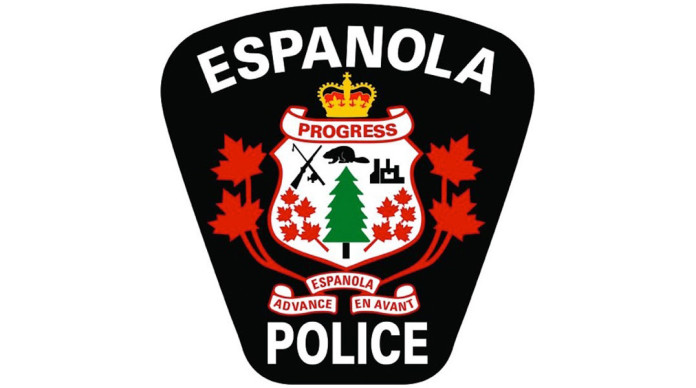TORONTO—The newly created provincial Far North Electoral Boundaries Commission is tackling the question of Northern Ontario’s massive provincial electoral districts with an eye to creating more inclusive ridings that will increase indigenous voices in the legislature.
Over the next few months the commission will consult with voters in the provincial ridings of Kenora-Rainy River and Timmins-James Bay to recommend whether these electoral districts should be split into three or four new electoral districts. Although the North will definitely be receiving at least one new riding through this process, the number of ridings in the south will far outstrip those being created in the North.
“The purpose of the committee is great,” said Algoma-Manitoulin MPP Mike Mantha. “The committee will be looking at whether those two ridings should be split up into three or four new ridings.”
Mr. Mantha said that the purpose of the new ridings was primarily to increase the indigenous representation in the legislature and to provide better representation and access to Northern residents.
The two ridings being examined are not only massive in size geographically, but also present tremendous challenges for MPPs representing them to get into the communities, many of which are only accessible in the summer by air and, sometimes, accessible in the winter by long journeys across ice roads.
“People are simply not being adequately represented,” said Mr. Mantha. “The MPPs simply do not have adequate budgets to enable them to overcome the challenges presented by the geography of the North.”
Those challenges will not necessarily be addressed through the simple expedient of creating smaller ridings. “You still have the problem of how you, as a representative, are going to get there,” he said. “How can an MPP be effective if you can’t meet with the people you are working to represent? It’s a huge challenge.”
To put that challenge into perspective, the riding of Kenora-Rainy River is roughly the size of Germany, some 336,783 square kilometres—but without the Autobahn to connect its widely disparate communities.
The Far North Electoral Boundaries Commission, chaired by Justice Joyce Pelletier has three months to complete its work. It is required to submit a report along with final recommendations to the Attorney General by August 1.
Among the factors that the commission will review are population densities, the representation of indigenous people, community interests, accessibility, taking into account existing municipal boundaries and geographical features.
The current review of ridings underway across the province and planned for the 2018 general election will see the number of electoral districts in the province increase from 107 to 123 or 124, with the bulk of the new ridings to appear in southern Ontario.
“So increasing voices from the North will be very important,” noted Mr. Mantha. But despite that increased presence, it will still take a lot of work to be heard above the Queen’s Park din.




